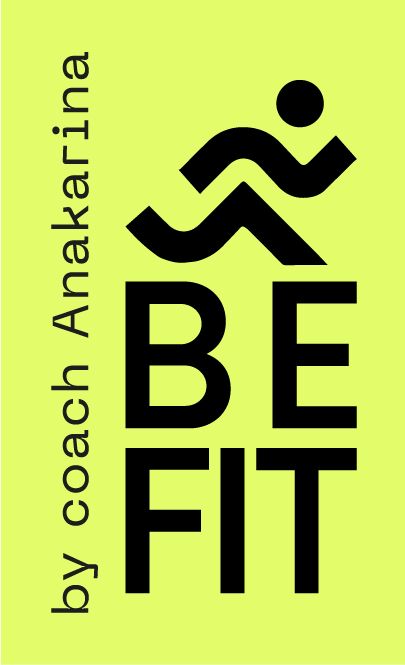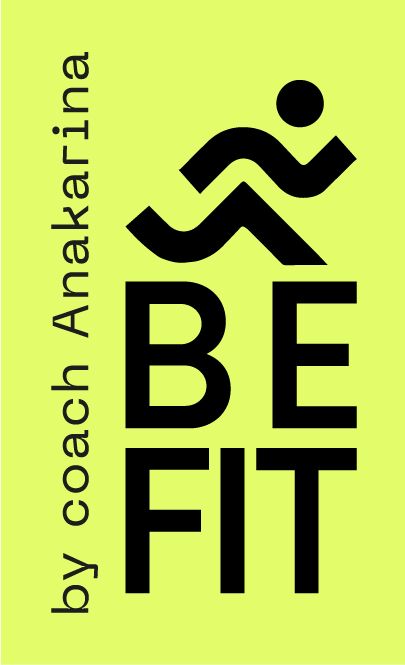Interval training for runners: push your limits, find your flow
Why interval training matters more than you think
You lace up your shoes. Hit play on your usual playlist. Head out on your usual route. But something feels… flat. Familiar. Predictable. You’re logging the miles, but the spark isn’t there.
Sound familiar?
Many runners hit a plateau where progress slows—even with consistent training. That’s where interval training becomes a game-changer. It’s not just about running faster—it’s about reigniting your drive, building resilience, and rediscovering your edge.
Interval training alternates high-intensity bursts with periods of recovery. But at its core, it teaches rhythm: the push and the pause, the tension and the release. It’s where discomfort becomes your teacher and breakthroughs are born.
I remember my first interval session vividly: 400-meter sprints. I was confident—until I wasn’t. By the third rep, I was gasping, humbled. But something shifted. I learned how to breathe through the burn and trust the process. I didn’t just run harder—I ran braver.
In case you’re new here, I’m Ana Karina, certified running coach and founder of BeFit Runners. Whether you're training for your first 5K or chasing a marathon PR, this guide will help you bring more intention and energy to your runs. And if you’re looking for structure and support, explore our online membership for runners to take your training to the next level.

What is a good interval training for running?
A good interval workout matches your goals and your current fitness level. It’s not about maxing out every time—it’s about training smart, pacing your effort, and building consistency.
The 800-meter workout: a runner’s rite of passage
- Workout: 3–5 repeats of 800m at 80–90% effort
- Recovery: 400m walk or jog between reps
Why it works: It improves VO2 max and builds stamina under stress. You’ll learn to stay strong when your body wants to quit.
Tip: Focus on consistent effort, not speed. Trust your rhythm and aim for smooth form, especially on the final rep.
One of my runners, Dani, used to dread these. Now, she calls them her “confidence boosters.” Every rep is a reminder that she’s stronger than she thinks.
The 1-minute interval: small bursts, big wins
- Workout: 6–8 rounds of 1 minute fast + 1 minute walk/jog
Great for building speed and confidence. Quick, focused, and surprisingly effective.
Tip: Ditch your watch. Use streetlights, trees, or trail markers to guide effort. Let your surroundings keep things fun.

What is 5 4 3 2 1 interval training?
If your running feels robotic or uninspired, the 5-4-3-2-1 ladder is your secret weapon. It’s not just smart—it’s soulful. It shakes things up, keeps your brain engaged, and reminds you that effort doesn’t have to be linear to be powerful.
5-4-3-2-1 Ladder:
- 5 min hard / 2 min recovery
- 4 min hard / 2 min recovery
- 3 min hard / 90 sec recovery
- 2 min hard / 1 min recovery
- 1 min all-out
Each interval gets shorter, but the intensity climbs. It’s a reverse mountain—you start controlled, climb into discomfort, and finish with fire.
Why it works:
- Builds pacing skills
- Challenges your mind to stay sharp
- Adds fun and variety to your training
I save this session for days when I feel stuck. That last 1-minute sprint? It’s not just a rep. It’s a reset. A reminder that I can always finish strong.
What is the 3 2 1 interval training?
You’re short on time. You’re tired. You wonder if it’s even worth running. That’s when the 3-2-1 interval steps in.
This workout is short, punchy, and leaves you feeling proud—not depleted. It’s the espresso shot of training sessions.
3-2-1 Ladder:
- 3 minutes hard / 90 sec recovery
- 2 minutes hard / 1 min recovery
- 1 minute sprint / 1 min cooldown (jog or walk)
You can do it once for a quick burn or repeat the sequence if you’re feeling strong.
💡 Pro tip: Warm up well—5 to 8 minutes of jogging, dynamic stretches, or a few drills (like leg swings or high knees). Cool down for at least 5 minutes.
This one’s a favorite among busy runners in our community. One client once told me, “This is the workout that made me believe I
am a runner—even on a chaotic week.”

How long should intervals be in running?
This is one of the most common questions runners ask—and for good reason. The length of your intervals shapes everything: your effort, your results, and even your mindset.
There’s no one-size-fits-all. The key is matching interval length to your goal:
- Short (30–90 seconds): Speed, turnover, and form
- Medium (2–5 minutes): Aerobic power and VO2 max
- Long (5–10 minutes): Race simulation and endurance
Examples:
- Short: 10 x 45 seconds hard / 1-minute recovery jog
- Medium: 4 x 4 minutes at threshold / 2-minute jog
- Long: 3 x 8 minutes at goal pace / 3-minute jog
Ana’s "talk test" tip: During a hard interval, you shouldn’t be able to speak in full sentences. That’s how you know you’re working.
Interval training for running machines (treadmill + HIIT)
Don’t underestimate treadmill workouts. They give you precision and control—ideal for intervals when conditions outside aren’t ideal.
Sample treadmill workout:
- 5-min warm-up
- 1-min sprint / 1.5-min jog (repeat 8–10 times)
- 5-min cooldown
Incline variation:
- 2 min at 4% incline / 2 min flat recovery
HIIT for runners:
- 30 seconds sprint + 30 seconds rest × 10
- Add strength (squats, push-ups, lunges) between rounds
Tip: Match your playlist to the intervals. Let the beat drive your pace. Let it carry you when your legs start to doubt.
One runner once told me she finishes her treadmill intervals with her hands in the air—like she’s crossing a finish line. That’s the energy we’re chasing.
Best interval training running tips
Let’s move beyond the science—here’s what really matters out there:
- Start easy: Don’t blast the first interval. Let your body build heat.
- Reflect after: Write down what felt good, what didn’t.
- Train your brain: When you want to quit, stay curious. That’s your edge.
- Use music with intention: Let it guide your rhythm.
- Celebrate the effort: Every rep is a win. Even when it’s messy.
Interval training doesn’t just help you run faster—it helps you show up braver. That strength echoes beyond the run.

How to integrate interval training into your week
Balance is everything. Intensity only works when it’s backed by recovery.
- Beginners: 1 session/week + easy/long runs
- Intermediate: 2 sessions/week (short/speed + long/endurance)
Always include a warm-up and cooldown. Your body deserves care before and after every effort.
At BeFit Runners, we build plans that flex with your life. Whether you have 3 days or 6, we’ll help you run smarter—not just harder.
Want more tips or a guided session? Try this 30-minute interval workout
If you’re craving more structure or just want to break a sweat with support, this 30-minute running workout is for you. No fancy gear needed—just your shoes, your breath, and a bit of courage. 👉 Watch the video here
Ready to transform your training?
You don’t have to love speed to benefit from it. You don’t have to be fast to be fierce.
You just need the courage to try. To push, recover, and repeat. To trust that every interval—every rep—is shaping a stronger version of you.
Join the BeFit Runners online membership and get guided interval workouts, supportive coaching, and a community that runs with heart.
Let’s chase strong—together.
* Blog Disclosure: Reading our blog does not replace any medical or health consultations with licensed professionals. This blog is created with educational purposes.

Hola, I'm coach Kari
Many of my athletes come to me because they no longer enjoy running, whether due to injury or simply because they're not improving their performance. I want to help you break out of this vicious cycle and enjoy running again. Through my running coaching, you will improve your techniques and become a stronger runner.
Download your running roadmap to 5k,10k or your first marathons (EN/ES available) 👇




